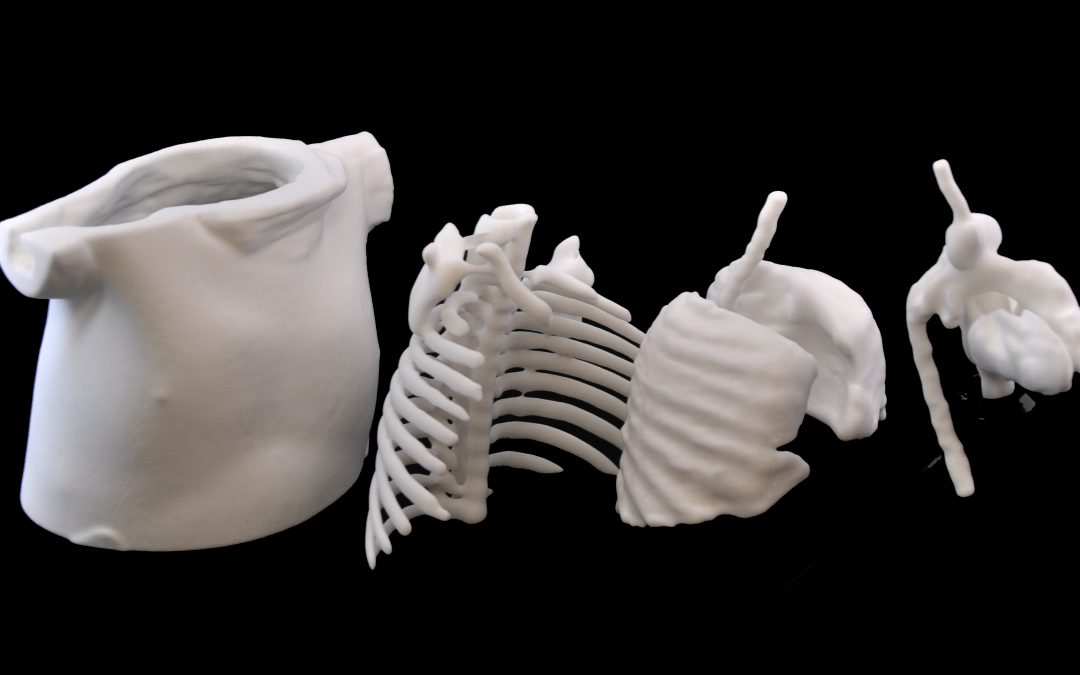A study concerning a new possibility to develop a light-based surveillance modality for prematurely born infants has been published in the Journal of Biophotonics. The paper “Comparison of dermal versus internal light administration in human lungs using the TDLAS‐GASMAS technique – Phantom studies” written by Jim Larsson, Dennis Leander, Märta Lewander Xu, Vineta Fellman, Joakim Bood and Emilie Krite Svanberg describes how the light source in the TDL-GASMAS technique can be applied internally rather than from the skin surface and thus dramatically enhance the signal. The study uses a 3D printed phantom of a preterm born infant; mimicking the chest, the ribs, the lungs and the heart.
Please find the full article here:
https://onlinelibrary.wiley.com/doi/10.1002/jbio.201800350
Hanna Sjöström, CEO Neola Medical:
” The published article show-cases our ground-breaking innovation capacity. We are at the very forefront of development and on our way to improve the care of preterm born infants all over the world.”
Picture of the 3D printed phantom parts, mimicking the chest, the ribs, the lungs and the heart in scale of a small prematurely born infant.
